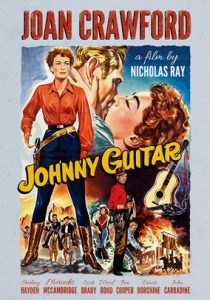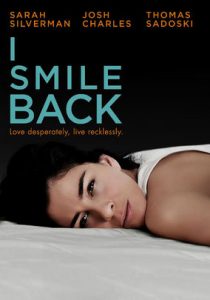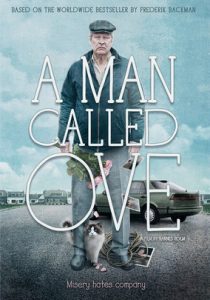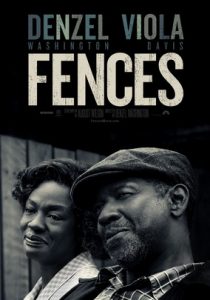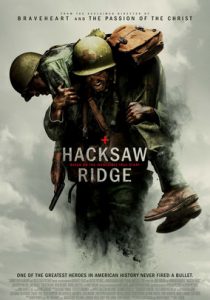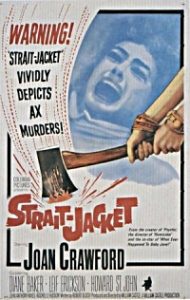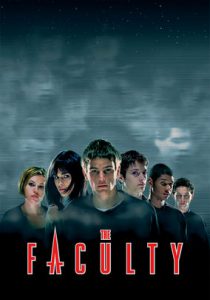Johnny Guitar-1954
Director Nicholas Ray
Starring Joan Crawford, Sterling Hayden
Scott’s Review #655
Reviewed June 15, 2017
Grade: B-
Johnny Guitar (1954) is an interesting film to review for several reasons, but its challenge to the traditional Western mold is the most distinct. Front and center is an aggressive and strong-willed woman, a saloon owner no less, engaged in an antagonistic feud with another woman of a similar disposition.
Of course, since the film stars legendary screen actress Joan Crawford, she is a strong character.
The writing is not brilliant, and other Western stereotypes abound, but Johnny Guitar is a decent watch for Crawford.
In the middle of an Arizona cattle town circa the Wild West, Vienna (Crawford) is a gorgeous woman who owns the local watering hole, which less-than-savory men frequent.
Vienna welcomes the men mostly because one of them is a former boyfriend. The rest of the town, led by Emma Small (Mercedes McCambridge), despises Vienna and her support of the incoming railroad, which makes Vienna rich.
After a bank robbery, Vienna is pursued by Emma and the town into a standoff, in which lynchings, shootings, and fires encompass the rest of the film.
Mixed in with the drama is a romance between Vienna and handsome guitarist Johnny Guitar (Sterling Hayden), and some musical numbers, but mostly, the film is a shoot ’em up led by women.
Let’s take the good with the bad surrounding the film—in my book, any picture starring Joan Crawford gets some credit, and the role of Vienna is undoubtedly uncharted territory for the glamorous star.
Tough-talking, gun-slinging, and with a short hairdo, rumors abounded that the character of Vienna was gay and in love with her arch-enemy Emma.
This might have happened decades later, but this was 1950s Hollywood, after all. Crawford still dazzles with heavy makeup and bright red lips and is feminine despite the masculine outfit.
Clever, especially for 1954 westerns, is a tough female character in the central role, bolsters Johnny Guitar above middling. Typically, in a genre that sticks to the tried-and-true, the main female rivalry between Vienna and Emma is the best part, but sadly, the back story is never fully explored.
Why do they hate each other? Were they in love with the same man? Is their hatred simply because they are the only women in the town?
The chase scene and the climax of the film are also quite good. How delightful to see Crawford prancing around in peril, riding a horse, and swimming in a creek.
The film turns into a good, old-fashioned adventure, and the cinematography and exterior sets are not bad.
Two aspects of Johnny Guitar stood out to me as negatives. First, the romance between Vienna and Johnny Guitar does not work. Crawford seems too old for Hayden as Johnny, and I never felt any chemistry between the characters. Second, the backstory scene revealing that they were once an “item” is weak.
There are no other female characters besides Emma (a coincidence?), which is a strange aspect of the film. Does one wonder if this was Crawford’s demand? (But I digress.)
The romance between the duo is lackluster, though admittedly, I did feel a rooting factor for them as the final chapter commenced and the pair was in danger.
The storytelling is mediocre, as I never felt invested in the writing, and the entire script feels silly and cheap. The story is laid out in an introductory way- Vienna is told by (arguably) the leader of the town, Ward Bond, to close up shop and leave town within twenty-four hours or else there will be hell to pay.
When some of the men rob a bank and plan to depart for California, Vienna is blamed for a sloppy, contrived plot device and is set to be hanged.
The script is not the high point of the film.
Johnny Guitar (1954)is worth watching for a gender-bending experience and the fabulous addition of Ms. Crawford. However, do not expect a masterpiece in storytelling or to be dazzled by character development.
Fans of the classic Western may be disappointed.
